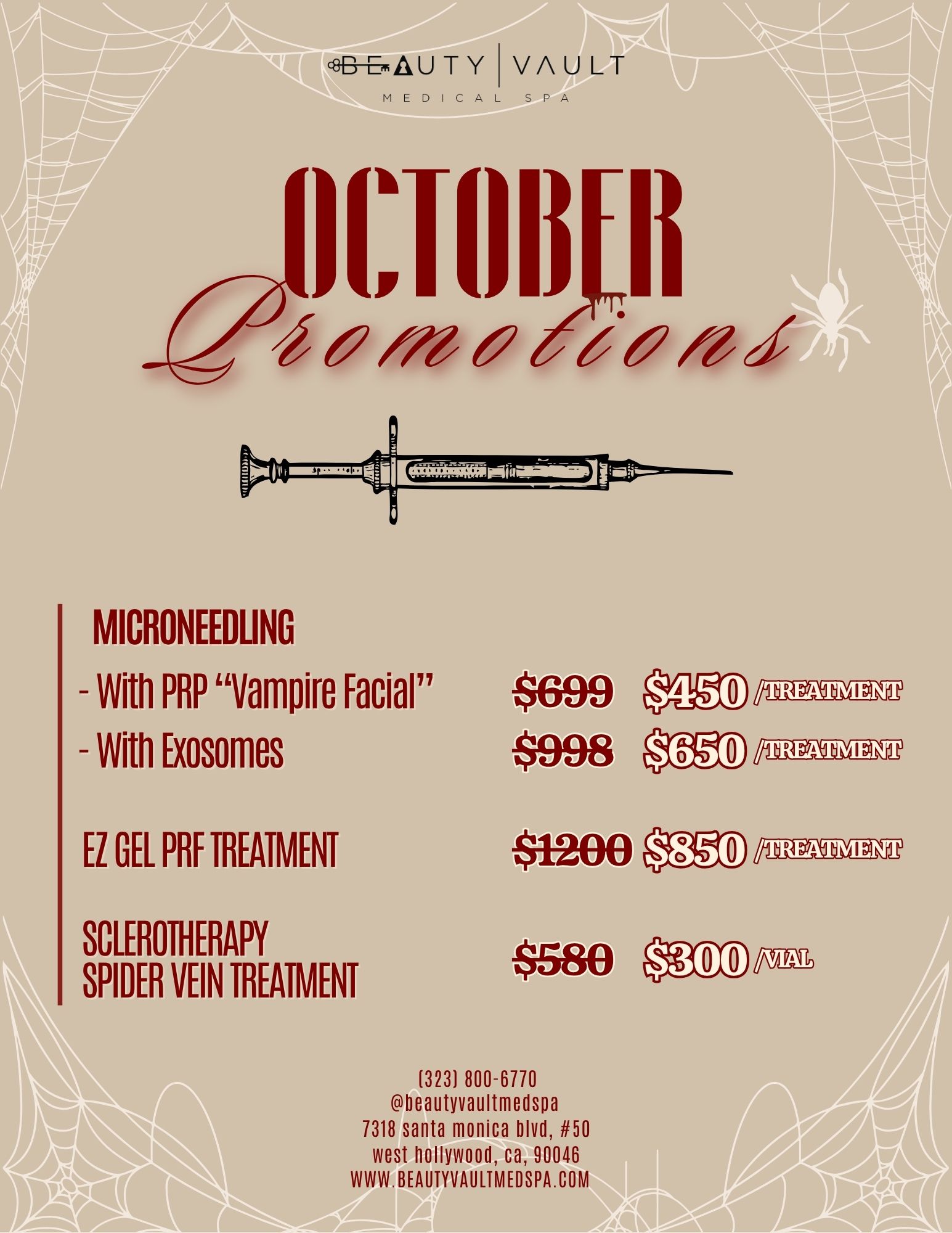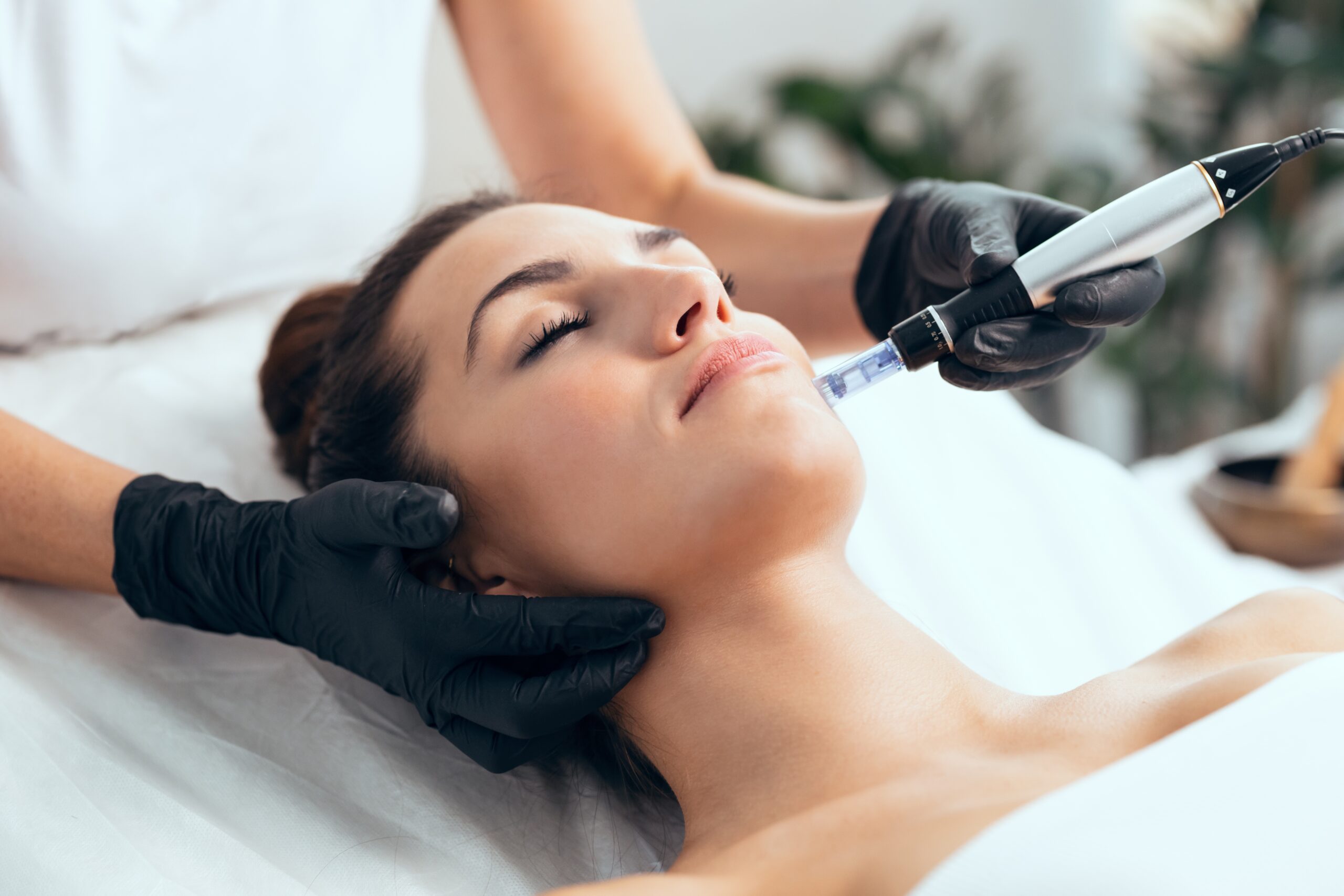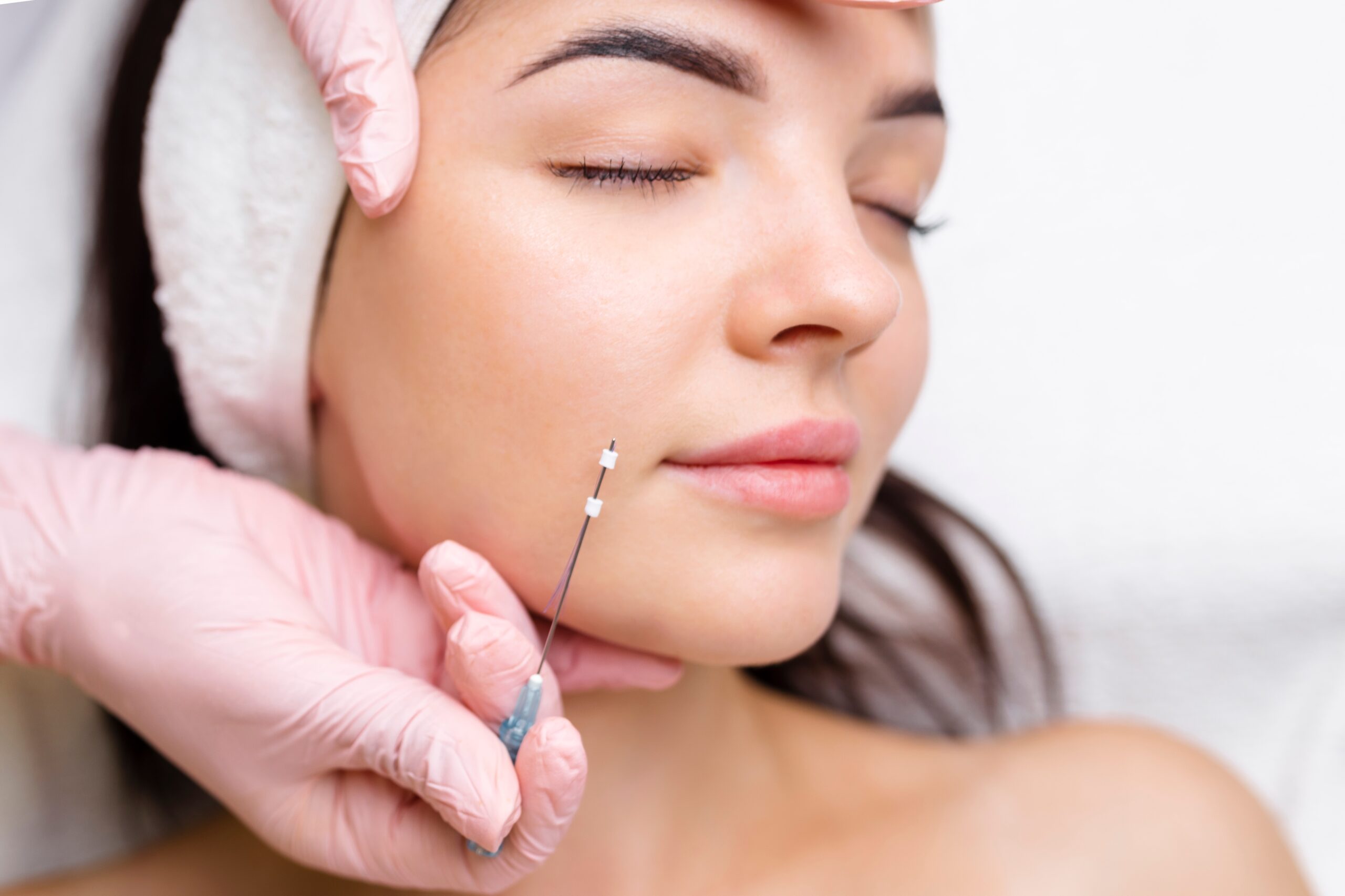Acne leaves its mark on about 85% of teenagers, and these stubborn scars often remind people of their past skin problems. Microneedling with exosomes and PRP stand out as two of the most advanced therapy options accessible to more people today. This piece will help you learn about these treatments side by side, their unique features, and which option might work better to address your specific acne scar concerns.
How PRP Works for Acne Scar Treatment
PRP therapy treats acne scars by tapping into your body’s natural healing abilities. This self-derived treatment uses concentrated platelets from your blood to repair scarred skin areas.
Growth Factors in PRP and Their Role in Healing
PRP’s healing power comes from its concentrated growth factors released by platelets, which coordinate skin regeneration when activated. The proteins in PRP also build a structural framework that supports cell migration and tissue growth. This combination helps address the collagen deficit typical in atrophic acne scars.
Microneedling with PRP: Delivery and Outcomes
The collaborative effort of microneedling with PRP has shown better results than either treatment alone. The microneedling device creates controlled micro-injuries in the skin. This process creates channels for PRP delivery and triggers the body’s wound healing response.
The process starts with blood drawing and processing through centrifugation to isolate the platelet-rich component. After microneedling creates tiny channels in the skin, doctors either apply PRP topically or inject it intradermally.
Studies consistently show that microneedling with PRP works better than microneedling alone. In fact, research demonstrates that microneedling with PRP improved acne scars by 62.20%, while microneedling with distilled water achieved only 45.84% improvement. Patients also healed faster and experienced shorter downtime with the combined approach.
Limitations of PRP: Patient Variability and Response
Despite its success rate, PRP treatment comes with several challenges. One of the most prominent is the fact that high platelet concentrations don’t always mean better results; too many platelets might actually slow down wound healing. The concentration of white blood cells in PRP remains debatable, as high levels might trigger unwanted pro-inflammatory effects.
This is an important reason why doctors and patients might consider newer alternatives like exosomes instead of PRP for acne scars in certain cases.
How Exosomes Help Repair Acne-Damaged Skin
Exosomes, which are tiny cellular messengers, show great promise as a powerful option for acne scar treatment. They act as tiny but sophisticated communication vehicles between cells and carry healing signals that can significantly improve scarred skin.
Exosome Signaling and Fibroblast Activation
Exosomes come from endocytic membranes and optimize the transfer of essential biomolecules that influence both pathological and physiological processes in skin conditions. Exosomes work so well because they contain:
- Growth factors and cytokines
- Proteins and lipids
- Genetic material (mRNA and miRNA)
- Bioactive molecules
These components work together to boost cellular communication, especially with fibroblasts that produce collagen and elastin. Exosomes can activate fibroblast cells on damaged skin and prompt them to increase structural protein production.
Exosomes for Acne Scars: Collagen Stimulation and Anti-Inflammation
Exosomes’ healing potential comes from their dual action on collagen production and inflammation reduction. Your skin benefits from exosomes in several key ways.
For one thing, they boost collagen synthesis, helping to reduce the deficit of this protein in acne scars. Also, anti-inflammatory molecules in exosomes help reduce inflammation in scar tissue and ease redness and swelling.
Exosomes also encourage the skin to remodel itself properly while preventing scar formation. The skin receives multiple regenerative signals that support healing at the cellular level as a result.
Delivery Methods: Topical vs. Microneedling
The delivery method largely determines how well exosome therapy works. Two main approaches exist to administer exosomes to acne-scarred skin.
One is topical application, which puts exosome serums directly on the skin, usually after treatments that enhance penetration. Though convenient, this method promises limited absorption; only about 2% to 5% of exosomes actually get through the skin’s surface.
Microneedling with exosomes creates tiny channels in the skin for deeper exosome penetration. Its small punctures create pathways for delivery and trigger the skin’s natural healing response. This combined approach often works better than just applying exosomes on top of the skin.
Exosomes vs. PRP: Which Performs Better for Acne Scars?
Recent clinical trials have compared microneedling with exosomes against PRP for acne scar treatment. These trials are a great way to get insights about which option might work better for your specific concerns.
Comparative Clinical Outcomes
Studies that used different treatments on each side of the face showed that both treatments work well for acne scars. The first direct comparison showed both exosomes and PRP effectively addressed various skincare concerns, including wrinkling, texture, and overall skin.
Nevertheless, the exosome-treated side showed slightly better improvement than the PRP. These small differences could matter based on your scar types and skin concerns.
Histological differences in collagen I and III production
Both treatments greatly boosted collagen I production, but neither of them changed the total average percentage of collagen III positive tissue area. The exosome-treated areas showed stronger positive tissue staining as time passed. Exosome products might create a better collagen ratio that affects skin’s elasticity and tension, potentially creating more natural-looking results.
Downtime, Redness, and Healing Speed Comparison
Recovery time marks a key difference between these options. Exosome treatments usually cause less inflammation because of their anti-inflammatory properties. PRP creates temporary inflammation as part of your body’s natural healing process. Exosomes might reduce redness, swelling, and downtime.
Patients say exosomes can speed up recovery by 30% to 50% compared to PRP. They might even cut overall recovery time by up to 60%. A shorter recovery period helps if you want treatments that cause minimal disruption to your daily life.
PRP side effects like redness and swelling usually go away in three to five days. Full recovery takes about a week. Exosome treatment side effects often disappear within hours to a couple of days.
Choosing Between PRP and Exosomes for Acne Scars
Your choice between exosomes and PRP to treat acne scars depends on your age, skin condition, and treatment goals.
When to Recommend PRP: Accessibility and Autologous Safety
PRP works best if you’re under 40 years old because younger patients have higher concentrations of growth factors in their blood. The treatment uses your own body’s blood, which makes allergic reactions almost impossible. Your blood’s PRP quality plays a key role in how well the treatment works, and younger people usually see better results with their own PRP. This treatment could be your best option if you have mild to moderate acne scarring or want to start early intervention.
When to Recommend Exosomes: Consistency and Faster Recovery
Exosomes deliver more consistent results, whatever your age. These treatments might work better if you’re over 40—and they show even better results above 60.
As mentioned previously, recovery is also much faster with exosomes. You’ll experience less inflammation, redness, and downtime, so they could be your best choice if you have deep scarring or lead an exceptionally busy lifestyle, as many older adults do.
Combining Both: Staggered Treatment Protocols
Both treatments offer unique benefits, but using PRP and exosomes at the same time isn’t recommended. PRP has inflammatory factors that can make exosomes ineffective when used together. Your Beauty Vault practitioner might suggest alternating these treatments or spacing them out to get the maximum benefit from each type.
Get Both Exosomes and PRP Microneedling at the Beauty Vault in West Hollywood
PRP and exosome treatments are excellent solutions for improving skin texture and appearance for acne scars. However, your age, skin concerns, and recovery priorities will help determine which treatment or combination of treatments works best for you. Let the Beauty Vault team in West Hollywood form a customized plan for your needs by calling them today at (323) 800-6770 or filling out a contact form.
FAQs
Q1. How do exosomes compare to PRP for acne scar treatment?
Exosomes generally offer faster recovery times and more consistent results across all age groups. They deliver potent growth factors that penetrate the skin better, potentially leading to enhanced texture, elasticity, and overall skin rejuvenation. PRP, however, may be more suitable for younger patients and carries minimal allergy risks due to its autologous nature.
Q2. Can exosomes effectively treat acne scars?
Yes, exosomes have shown promise in treating acne scars, particularly for raised or hypertrophic scars. They provide a faster and more efficient approach to healing compared to traditional treatments like laser resurfacing. Exosomes stimulate collagen production and reduce inflammation, which can lead to significant improvements in scar appearance.
Q3. Which is more effective when combined with microneedling: PRP or exosomes?
Both PRP and exosomes can enhance microneedling results. PRP is excellent for natural healing and regeneration, improving skin tone, texture, and collagen production. Exosomes, when added to microneedling, can boost recovery and provide additional anti-aging benefits. The choice often depends on individual patient factors and treatment goals.
Q4. Are there any drawbacks to exosome therapy?
While exosome therapy shows promise, it does have some limitations. Exosomes have a short circulation time in the body, which can reduce their distribution and engraftment in target tissues. There’s also a potential risk of exosomes accumulating in unintended tissues, which could lead to off-target effects. However, when used properly for skin treatments, these risks are minimized.







